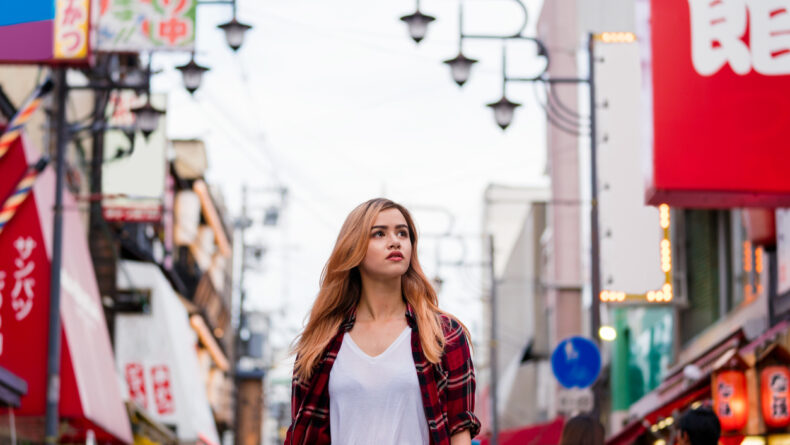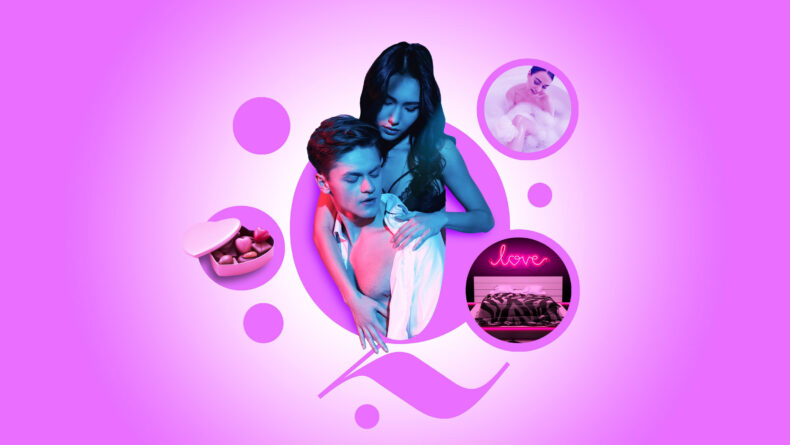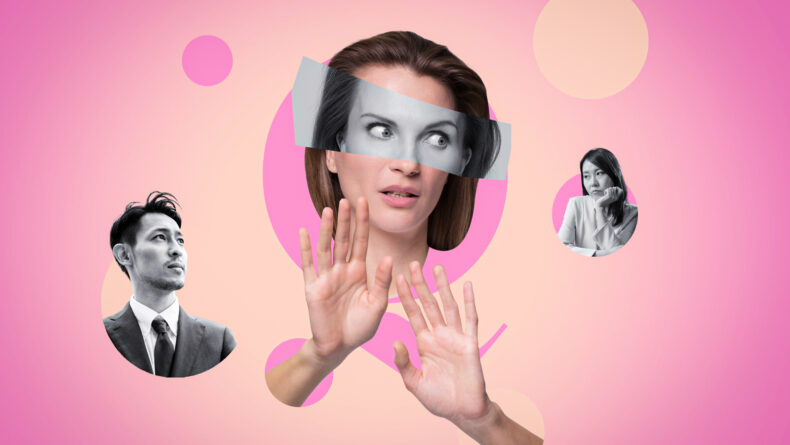Letters from Japan: “Traditional Wedding”
Ask Hilary: Questions From Readers Answered
Savvy Tokyo's resident "Love in Japan" columnist, Hilary Keyes, answers anonymous questions from readers on everything from dating in Japan to women’s health issues. Got a question you’d like to ask Hilary? Send it to askhilary@savvytokyo.com.
Hello Hilary,
My fiance and I will be having a traditional wedding ceremony at a shrine in Japan this year. As part of embracing my husband’s culture and this amazing once-in-a-lifetime experience, I plan to wear a wedding kimono (白無垢 shiromuku) and would love to wear my hair up in the traditional style (文金高島田 bunkintakashimada) as well. In doing more research, it sounds like Japanese brides with this hairstyle are actually wearing a wig!
I have a feeling that blonde bridal wigs in Japan are hard to come by, and I cannot imagine a black wig looking anything close to natural on me. Would you have any insight into what brides with lighter-colored hair typically do with their hair in traditional Japanese weddings?
Additionally, I have learned that it is the norm for brides in Japan to close out the wedding reception with a very emotional speech thanking her parents. While I feel incredibly grateful for my parents, I have a fear of public speaking and would feel especially uncomfortable giving such an emotional speech in a room full of mostly strangers who may or may not understand English.
I worry that breaking with this norm may cause me to come across to my fiance’s relatives and friends as ungrateful. Would you have any ideas for alternatives, and would foregoing a bridal speech be seen as a huge faux pas in Japan? Thank you!
—Bride to Be
Dear Bride to Be,
Congratulations! That sounds like an incredible experience and I hope you and your fiance have the wedding of your dreams.
Your research is accurate—the vast majority of Japanese women that go the full traditional route are wearing wigs. The main reason for this is that the amount of hair required to do those elaborate styles is far longer than most modern Japanese women are willing to grow their hair.
The second reason for the wigs is the precision required of the styles. The amount of products necessary to hold everything in place is akin to the styles necessary for ballet or ballroom dancers according to a hairdresser friend.
I did some research and asked about what women with lighter-colored hair do for weddings. Not surprisingly, it was hard to find anyone that had gone for the full traditional wedding style. Of the Japanese women I spoke to that had lightened their hair, most of them just went with the dark wig. “It still worked for me since my coloring’s mostly the same otherwise” (Japanese 30s). “My parents wanted to see me with dark hair again, but I had my own hair done for the reception instead” (Japanese 40s). For non-Japanese brides, some went with the wig anyways since they are brunettes and it was a relatively close match to their own hair color.
Traditional Japanese wedding wigs are not commonly available in your hair color.
As you’re blonde, however, you’re also right. Traditional Japanese wedding wigs are not commonly available in your hair color. In fact, based on my own research, the closest I could find was blonde geisha-style wigs used in music videos. They weren’t a natural blonde, however, more of a gold-yellow shade, and certainly not wedding-appropriate.
If you have long hair (collarbone length or longer) and a non-Japanese (blonde, ginger, light-medium brown) or alternative hair color (pink, purple, et cetera), most of the hair stylists I spoke with recommend getting your hair done in a traditional kimono type updo. So rather than going for a full, traditional wedding updo that could damage your hair given the texture differences, an elaborate kimono hairstyle was the best, safest option.
You can add your own touches in terms of what flowers (real or fake) or combs/clips you want to use as well with a kimono updo instead. One friend had seashells added to her hair, for example, since she and her partner met at the beach.
bring a bit of Western culture into the wedding and reception
If you have shorter hair, you have a couple of options. One, which is definitely much more expensive and time-consuming, is that you can have a wig (lace-front, made from synthetic or human hair) customized into kimono-appropriate or even traditional wedding hair for yourself. This method will require a significant investment of time and money, so unless you intend to keep it or wear it for other occasions, it’s not as highly recommended.
Your other option, if you have shorter hair, is to go with a more Western hairstyle. One friend with a blonde bob at the time, had her hair done in 1920s style finger waves with a silk flower on the side. She wanted to bring a bit of Western culture into the wedding and reception, and so went with a vintage theme in terms of colors (1920s Japan) as well.
As for the speeches, while that is the norm for Japanese weddings, you’re not required to do so by any stretch of the imagination. Not having one isn’t necessarily a faux pas. “It’s just a cultural difference, I’ve never thought less of people for it,” says a professional wedding MC (Japanese man, 50s). “You’re not Japanese, no one expects you to act like you are. If anything, it’d be cooler to have a mix of cultures, or like a Japanese traditional ceremony and Western style reception” (Japanese bride to be, 30s).
You’re not Japanese, no one expects you to act like you are
I’ve seen friends close out their weddings with a dance, others with their friends giving speeches and the couple only bowing to thank everyone for attending. When it comes to the content of your reception, it’s entirely down to what you and your partner are comfortable with doing. Talk to them and discuss what you are willing to do in terms of speeches, slideshows, presentations and so forth. In some Japanese weddings, the couple doesn’t do any talking whatsoever other than to thank their guests for coming. They leave the speeches and so on to paid professional MC services.
Given that you aren’t comfortable with public speaking, it’s entirely reasonable to skip the speeches beyond a few words of thanks. However, if you do feel like you want to say something, you can always write how you feel in a letter and have someone else read it for you, for example. Or have the letter projected on a screen (in Japanese and English even), or simply present it to your parents during the reception for them to read out loud or in private after.
This is your and your partner’s wedding. What would make the day most meaningful to you and your partner?
One friend who got married several years ago had much older parents who weren’t physically capable of coming to Japan for her wedding. So instead they sent a small video that was played during the reception instead. You could always go for a video message if you’d feel more comfortable recording something instead.
In the end, this is your and your partner’s wedding. What would make the day most meaningful to you and your partner? Once you’ve sorted that out, then you’ll have nothing to worry about. Best of luck.
















Leave a Reply